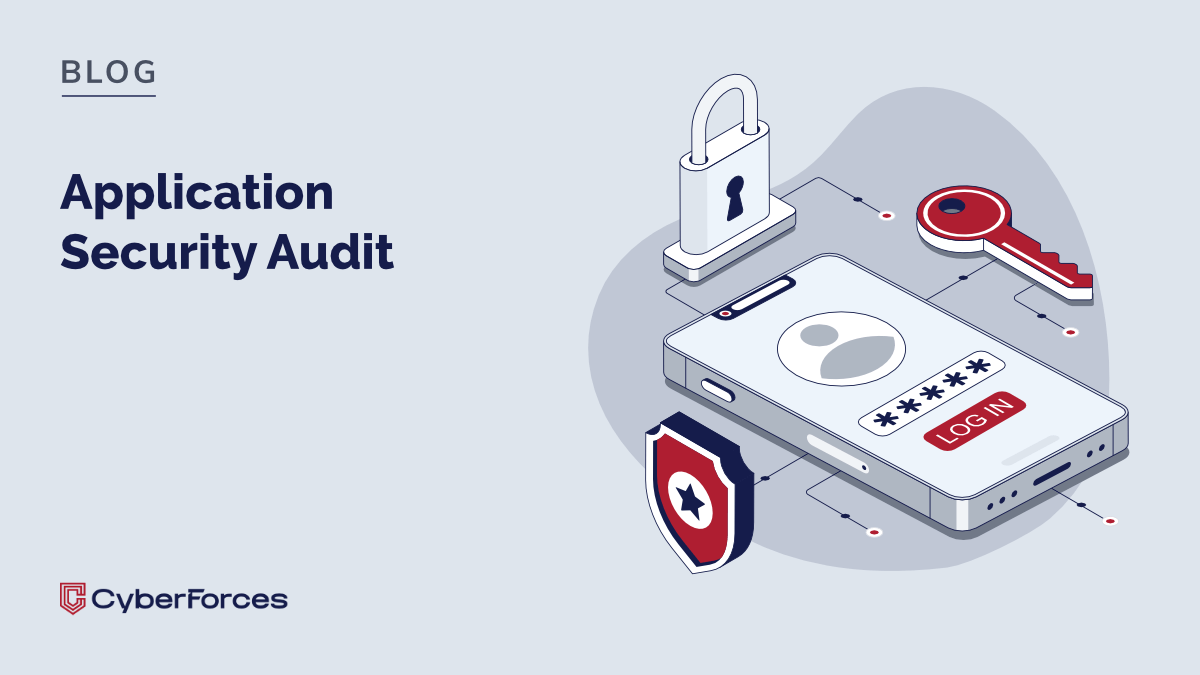Table of contents:
- What is an IT security audit?
- Types of IT audits and their significance
- How does an IT audit work? Example process
- When should you consider an IT audit?
- IT audit – should you conduct it yourself?
- Key benefits of performing an IT audit
What is an IT security audit?
An IT security audit is a comprehensive analysis of a company’s IT infrastructure for vulnerabilities to cyber threats. Conducted by cybersecurity experts, it assesses network security, servers, applications, systems, and operational procedures. Its primary goal is to identify security gaps, minimize the risk of cyberattacks, and ensure compliance with international standards such as ISO 27001, NIS-2, and WCAG.
The audit concludes with a detailed report summarizing the system’s condition and recommendations for improvement. This enables companies to implement security policies that protect sensitive data and IT infrastructure from unauthorized access.
Types of IT audits and their significance
Companies that prioritize IT security should regularly conduct various types of audits, including:
- NIS-2 Audit – verifying a company’s security policies in accordance with the NIS-2 European directive on critical infrastructure and cybersecurity protection.
- UX Audit – analyzing websites and applications for user experience, leading to better interaction and higher conversion rates.
- WCAG Audit – assessing website compliance with accessibility standards for people with disabilities.
- ISO 27001 Audit – analyzing information security management processes in accordance with international norms.
How does an IT audit work? Example process
- Needs and goals analysis – initial consultation with the client to define key areas for examination.
- Risk assessment – identifying vulnerabilities and weak points in IT infrastructure.
- Review of procedures and policies – evaluating password management, backup policies, and access control.
- Penetration testing – simulating cyberattacks to uncover security gaps.
- Network infrastructure analysis – verifying IT system compliance with international security standards.
- Report and recommendations – presenting audit findings and suggestions for improving security.
When should you consider an IT audit?
The rising number of cybersecurity incidents, as highlighted by the “Cybersecurity Barometer 2024” from KPMG, reveals that 66% of companies in Poland experienced at least one cyberattack in the past year. Consequently, regular IT audits are essential for any company utilizing IT systems.
An IT audit is especially crucial in situations such as:
- Lack of infrastructure review for several years – outdated systems and unpatched software are prone to attacks.
- High employee turnover – new staff may unknowingly expose the company to risks.
- Regulatory compliance – audits are necessary to meet legal requirements like GDPR, NIS-2, and ISO 27001.
IT audit – should you conduct it yourself?
Is an internally conducted audit as effective as one performed by external experts? In theory, yes, but only if the company has a highly specialized IT team with experience in penetration testing and vulnerability analysis.
However, self-assessment can lead to bias errors, and the lack of access to specialized tools and methodologies may limit the audit’s effectiveness. The best solution is to hire a cybersecurity and IT audit firm with professional expertise.
Key benefits of performing an IT audit
An IT audit is an investment in a company’s security and stability. The key benefits include:
- Minimizing the risk of cyberattacks
- Protecting sensitive company, employee, and customer data
- Ensuring compliance with legal regulations and standards such as ISO 27001 and NIS-2
- Optimizing IT systems and improving operational efficiency
Today, IT security is not an option but a necessity. Regular audits help prevent financial, reputational, and operational losses, ensuring peace of mind and protection against cyber threats.






